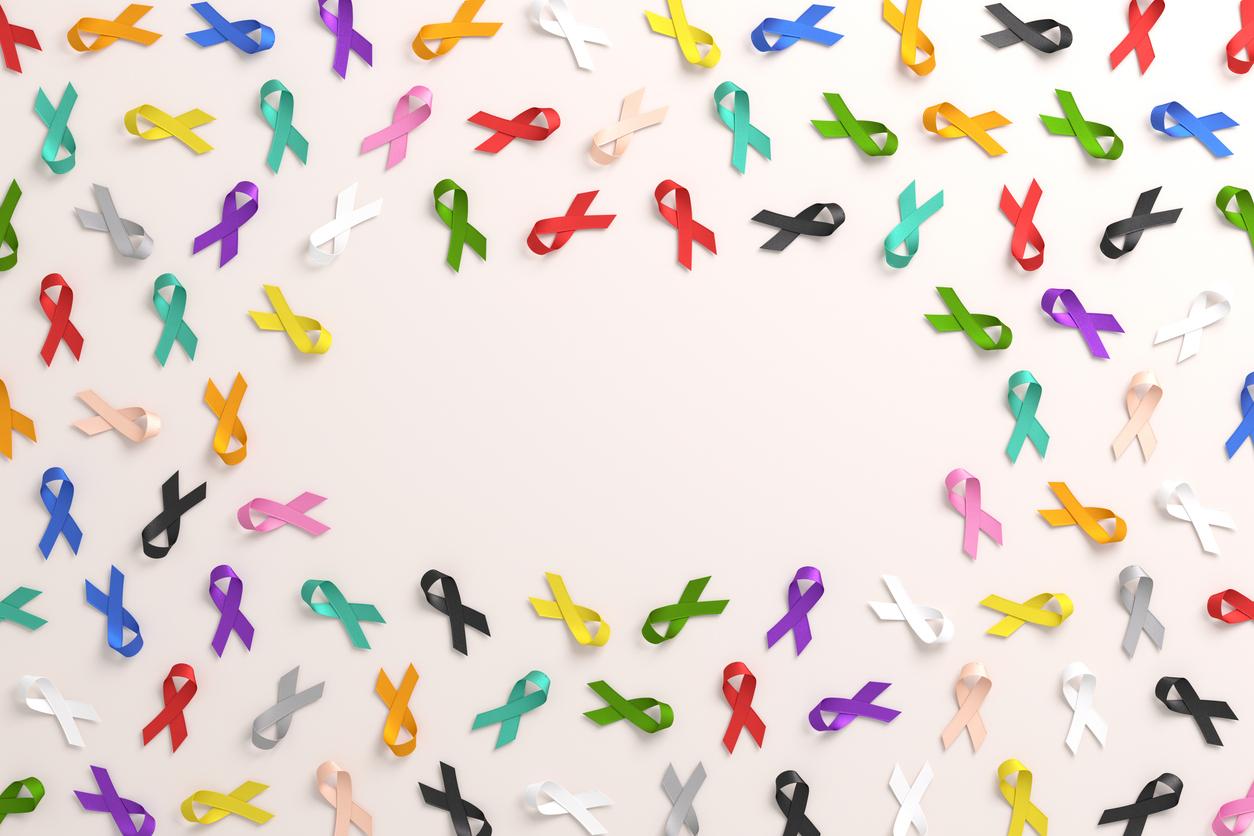After examining the mechanism of brewer’s yeast, researchers believe that making cancer cells more vulnerable to starvation would make them easier to treat.

- Yeast used to brew beer can survive when nutrients are scarce by going dormant, according to a recent study.
- Since this yeast has similarities with human cells, this mechanism is also observed in cancer cells facing starvation.
- The researchers suggest that from these results, treatments targeting cancer cells to make them more vulnerable to nutrient shortages could be developed.
“The survival of cells under conditions of nutrient deprivation depends on the ability of cells to adapt their organelles (i.e. each of the elements constituting the cell) and to rewire their metabolic pathways,” said scientists from the University of Virginia School of Medicine (United States) and the European Molecular Biology Laboratory (Germany).
Faced with a shortage of nutrients, yeast cells can survive
In a study, published in the journal Nature Communicationsthey focused on Schizosaccharomyces pombe. This is a species of yeast that has been used for centuries to brew beer. However, it is also an invaluable research tool due to its similarity to human cells. “In yeast, glucose depletion induces a stress response mediated by fragmentation of mitochondria and sequestration of cytosolic ribosomes (organelles) on mitochondria. This cellular adaptation promotes survival under harsh environmental conditions. Nevertheless, the mechanism “The underlying basis of this response remains unknown.” This is why the team wanted to broaden the understanding of cellular responses to nutrient shortage and cellular quiescence (i.e. the slowing down or cessation of development).
According to the data, a novel adaptation of yeast was observed in the event of glucose depletion. “Cells can take a break when things get tough by going into a deep sleep in order to stay alive, then later they seem to come back”said Ahmad Jomaaauthor of the work. This ability to hibernate under stress reflects the cancer’s ability to survive the nutrient shortages that accompany the uncontrolled growth of cancer cells.
Cancer: new treatments making cells more vulnerable to starvation?
The authors also discovered that when yeast cell batteries go into hibernation to avoid stress, they wrap themselves in an unexpected blanket. The surfaces of these batteries, called mitochondria, are covered with deactivated ribosomes, “the cellular machinery that normally makes proteins”. For now, it remains a mystery why these inactive organelles attach to mitochondria. “There could be different explanations,” said Simone Mattei, who also participated in the research.
Another observation: the ribosomes had attached “in reverse”, using a small subunit of their anatomy. This type of interaction has never been observed before. “For the next steps, we want to understand not only how cells regulate entering dormancy, but also how they wake up from this deep sleep. For now, we will use yeast because it is much easier to manipulate. We are also studying this question in cultured cancer cells, which is not an easy task.” concluded the team, which suggests that these results could lead to new strategies to make cancer cells more vulnerable to starvation and easier to treat.

















